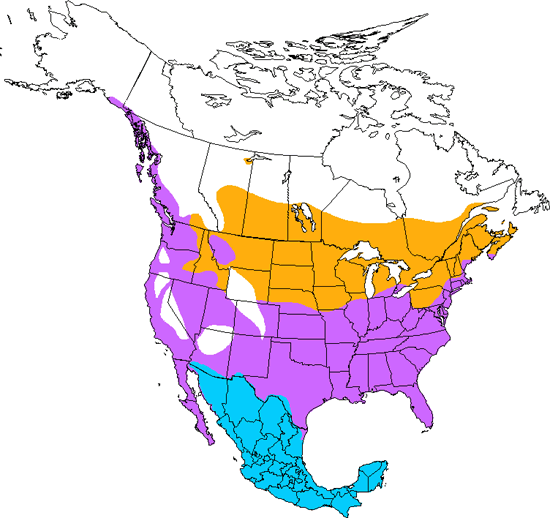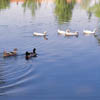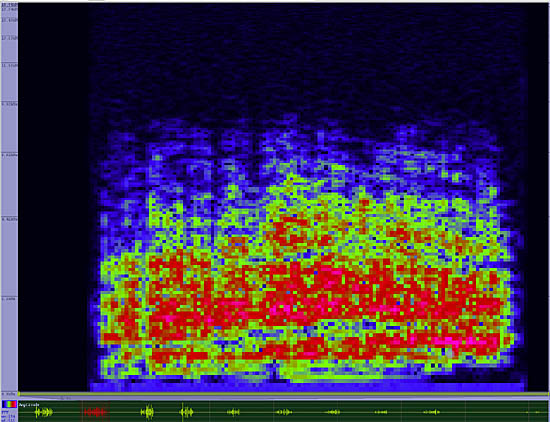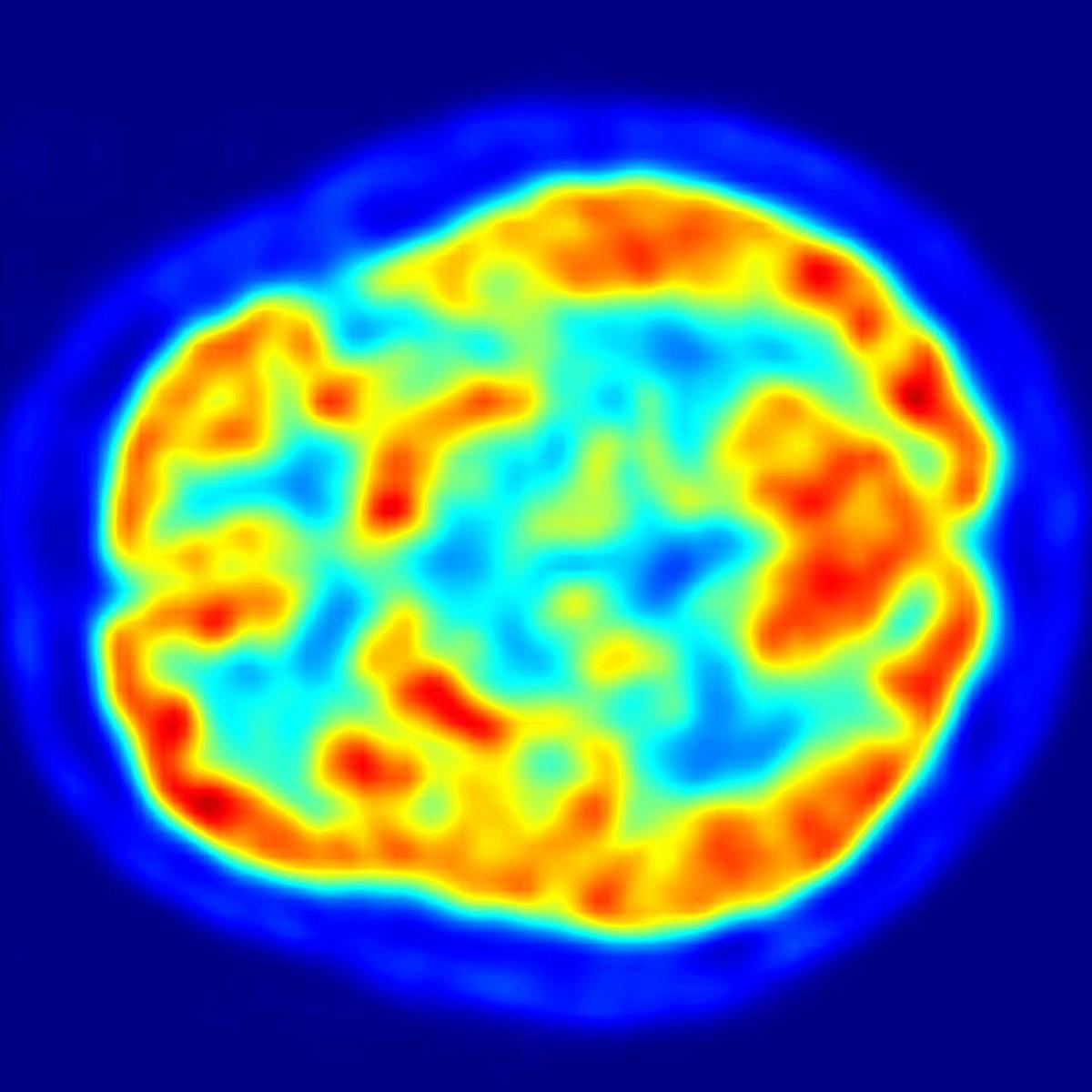Great Blue Heron
Ardea herodias

Long Legged Waders

Length: 46 in. (117 cm )
Usually found near water, this heron also occasionally hunts for food in upland areas and fields. It eats mainly fish but also feeds on small birds, mammals and garbage. The large bulky nests are made of sticks and placed in small colonies in isolated trees.
The four-digit banding code is GBHE.
Bibliographic details:
- Article: Great Blue Heron
- Author(s): Dr. Biology
- Publisher: Arizona State University School of Life Sciences Ask A Biologist
- Site name: ASU - Ask A Biologist
- Date published: 13 Jul, 2017
- Date accessed:
- Link: https://askabiologist.asu.edu/activities/bird/great-blue-heron
APA Style
Dr. Biology. (Thu, 07/13/2017 - 15:36). Great Blue Heron. ASU - Ask A Biologist. Retrieved from https://askabiologist.asu.edu/activities/bird/great-blue-heron
Chicago Manual of Style
Dr. Biology. "Great Blue Heron". ASU - Ask A Biologist. 13 Jul 2017. https://askabiologist.asu.edu/activities/bird/great-blue-heron
Dr. Biology. "Great Blue Heron". ASU - Ask A Biologist. 13 Jul 2017. ASU - Ask A Biologist, Web. https://askabiologist.asu.edu/activities/bird/great-blue-heron
MLA 2017 Style
Be Part of
Ask A Biologist
By volunteering, or simply sending us feedback on the site. Scientists, teachers, writers, illustrators, and translators are all important to the program. If you are interested in helping with the website we have a Volunteers page to get the process started.








